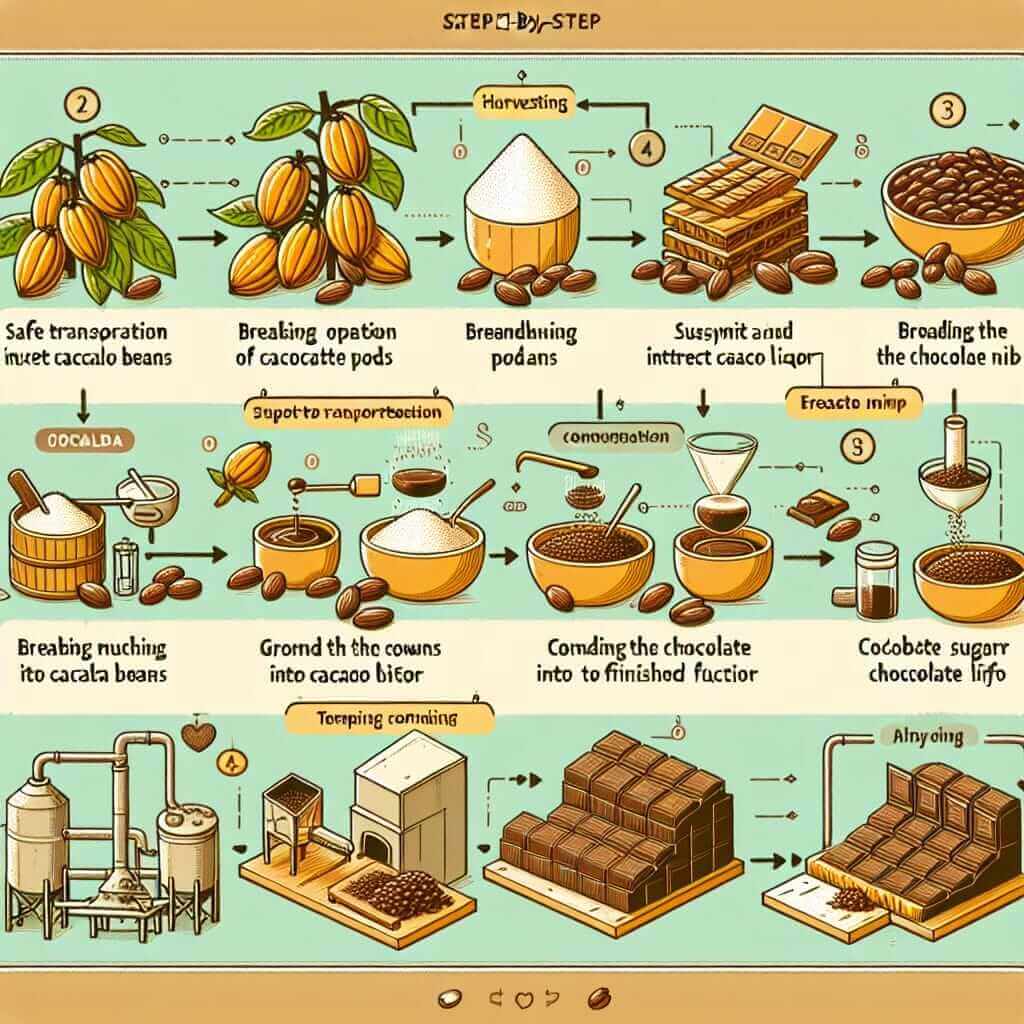As an IELTS instructor with over 20 years of experience, I’ve witnessed countless students grapple with the diagram description task in the IELTS Speaking test. It’s a unique challenge that calls for a specific set of skills – accurate observation, logical sequencing, and concise language use. This guide will provide you with a comprehensive understanding of how to approach this task effectively, equipping you with the tools to confidently describe any diagram thrown your way.
Understanding the Importance of Diagram Description
The ability to describe a diagram clearly and accurately is a valuable skill tested in the IELTS Speaking test. It demonstrates your:
- Analytical skills: You can interpret visual information and identify key trends.
- Language proficiency: You possess the vocabulary and grammar to describe processes, changes, and relationships.
- Coherence and cohesion: You can present information in a logical and organized manner.
Deconstructing the Diagram Description Task
1. Types of Diagrams
Expect to encounter a variety of diagrams, including:
- Processes: Illustrating the stages of manufacturing a product or the life cycle of an organism.
- Maps: Showing changes in a geographical area over time.
- Charts and graphs: Depicting data through bars, lines, or pie segments.
2. Key Steps for Effective Description
- Analyze the Diagram: Before you start speaking, take a moment to understand the diagram’s purpose, key features, and any units of measurement.
- Structure Your Response: Organize your description logically. For processes, follow the flow of steps. For maps, describe changes systematically. For charts and graphs, highlight the most significant trends.
- Use Precise Language: Employ specific vocabulary related to the diagram type. Use words that indicate change (increase, decrease, fluctuate), location (adjacent to, bordering, surrounding), and comparison (similarly, conversely, in contrast).
Illustrative Example: Describing a Process
Let’s analyze a sample IELTS diagram depicting the process of making chocolate:

Sample Description:
“The diagram illustrates the process of chocolate production, from the cacao bean to the finished chocolate bar. Initially, cacao beans are harvested and fermented. Following this, the beans are dried and roasted to enhance their flavor. Next, the roasted beans are ground into a paste known as chocolate liquor. This liquor is then separated into cocoa solids and cocoa butter. Subsequently, sugar and milk powder are added to the cocoa butter to create a chocolate mixture. This mixture undergoes a process called conching, where it’s continuously stirred and heated to achieve a smooth texture. Finally, the chocolate is tempered, molded into bars, cooled, and packaged for consumption.”
Tips for Success
- Practice Makes Perfect: Regularly practice describing various types of diagrams from IELTS practice materials.
- Record Yourself: Listening to your descriptions will help you identify areas for improvement in fluency and vocabulary.
- Expand Your Vocabulary: Learn synonyms for commonly used words in diagram descriptions to add variety to your language.
- Don’t Panic: Stay calm and composed if you encounter an unfamiliar diagram. Focus on what you can understand and describe.
Conclusion
Mastering the art of diagram description is an achievable goal with focused practice and the right strategies. By following the steps outlined in this guide and consistently honing your skills, you’ll be well-prepared to tackle this task confidently in your IELTS Speaking test. Remember, clarity, accuracy, and a structured approach are your keys to success!